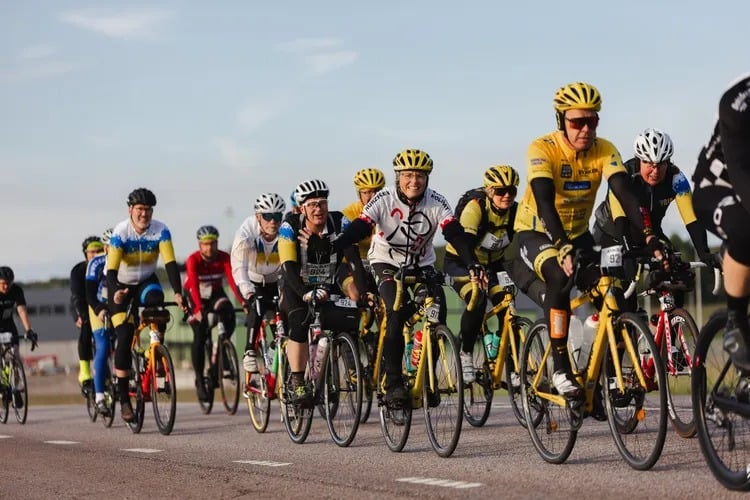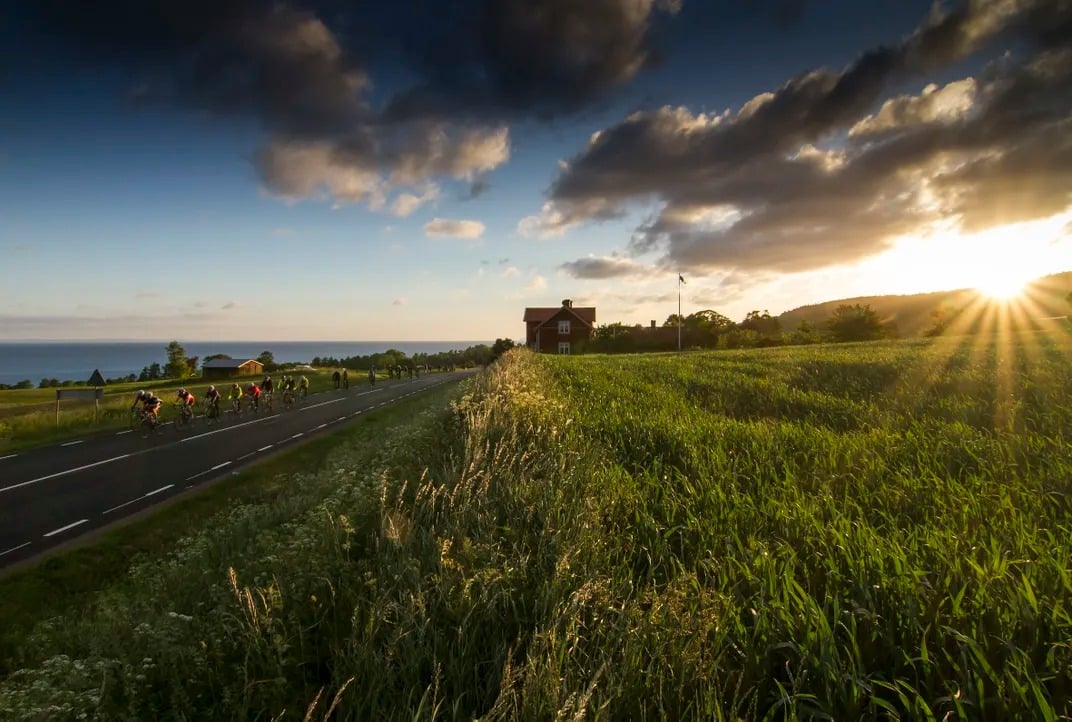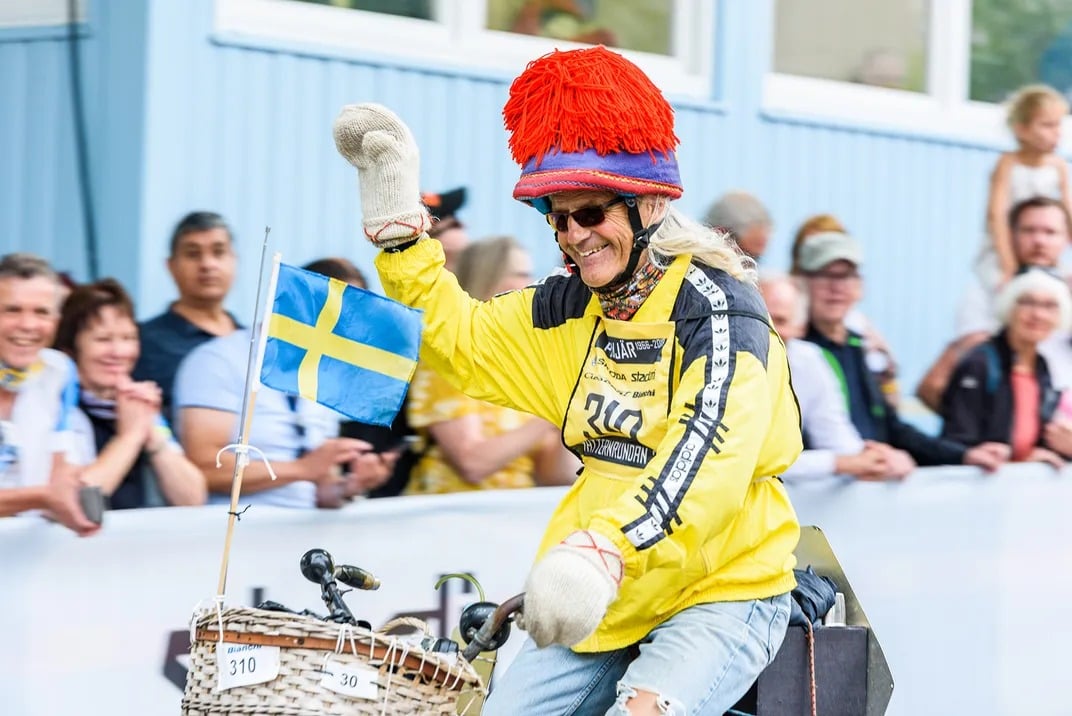The Vätternrundan — Sweden’s Legendary 196-Mile Bike Race
Language
Reading Level
Listen to Article
Alignment

Every June, thousands of cyclists gather in Motala, Sweden, to participate in one of the world's longest and most iconic bike races — the Vätternrundan. This event, held on June 13 and 14 in 2025, requires riders to complete a staggering 196-mile (315 km) loop around Lake Vättern, Sweden's second-largest lake.
The origins of the race date back to 1964 when Swedish residents Sten-Otto Liljedahl and Ewert Rydell set out to promote healthy living through adventure. On August 24, the two rode around Lake Vättern for over 22 hours, battling rain and strong winds. Four others joined them the following year. By 1966, 334 riders took part in what officially became known as the Vätternrundan. The event has grown steadily since then. This year, it attracted nearly 25,000 enthusiasts from around the globe.

Though the route is long and challenging, the race is not competitive. There are no podiums or medals for first place. While some aim to finish quickly, most are there to experience the thrill of cycling under the midnight sun.
"It's a great festivity because there's this mix of professionals and semi-pros," says Mattos Rundgren, who completed the event in 2022. "I think three-quarters of the people who are doing it are doing it for fun."
Riders start in waves, with the first group setting off at 7:30 pm on Friday. Additional groups follow every five minutes throughout the night. The final group, made up of the fastest riders, departs around 11:30 am on Saturday. Participants typically spend 10 to 18 hours on the road. Along the way, they pass through scenic countryside and stop at one or more of nine full-service stations. These rest stops offer cyclists a chance to rest, enjoy traditional Swedish food, and connect with fellow riders.
For Swedes, the Vätternrundan is a cherished tradition. Riders of all ages show up solo or on tandem bikes, and many dress in fun costumes.
"In Sweden, you can't call yourself a cyclist if you haven't done the Vätternrundan," Rundgren says.

Those unable to complete the 196-mile loop have other options. The weekend before the main ride, organizers host three shorter events, including a women-only 62-mile (100 km) ride. These attract up to 10,000 participants. Together, the two weekend turn Motala, a small town of about 43,000 residents, into a hub of international cycling and celebration.
The Vätternrundan’s popularity reflects Sweden’s strong cycling culture. In the 1970s, rising oil prices and growing environmental awareness led many residents to swap cars for bikes. Sweden embraced the change — rolling out secure bike lanes, launching car-free days, and promoting cycling at every turn. Today, Stockholm alone boasts more than 700 miles (1,126 km) of bike lanes.
Resources: Smithsonianmag.com, Vätternrundan.se

Get the Workbook for this article!
Workbook contains: Article, Reading Comprehension, Critical Thinking Questions, Vocabulary in Context (+ answers), Multiple Choice Quiz (+ answers), Parts of Speech Quiz (+ answers), Vocabulary Game (+ answers)Cite Article
Learn Keywords in this Article
6 Comments
- noah_thegoat2033 monthsI have biked about 39 miles in a mountain bike race... BUT 196 !?!?
- 852128sophie4 monthsI can't even bike, but I really want to know how !😅
- chocolaterose754 months196 miles! I probably can't do more then 15 miles
- gimkitlover4 monthsWhoa that's a lot of miles!
- chocolaterose754 monthsI can barely bike even 15 miles an hour
- gimkitlover4 monthsThat's still good, I can't even bike 7 miles an hour